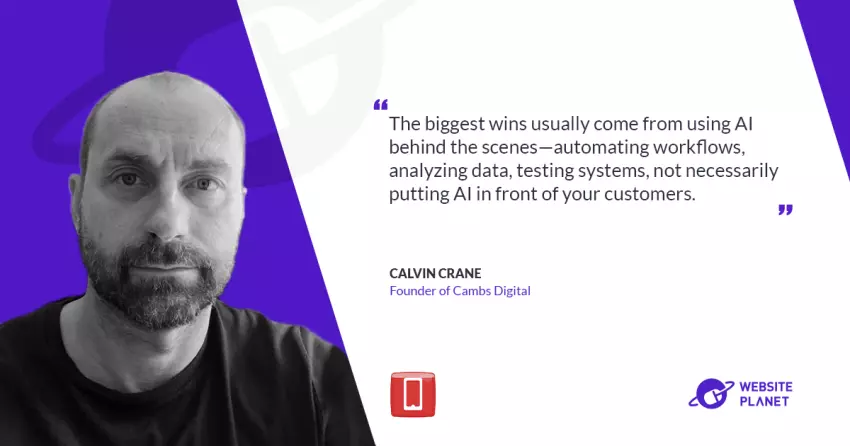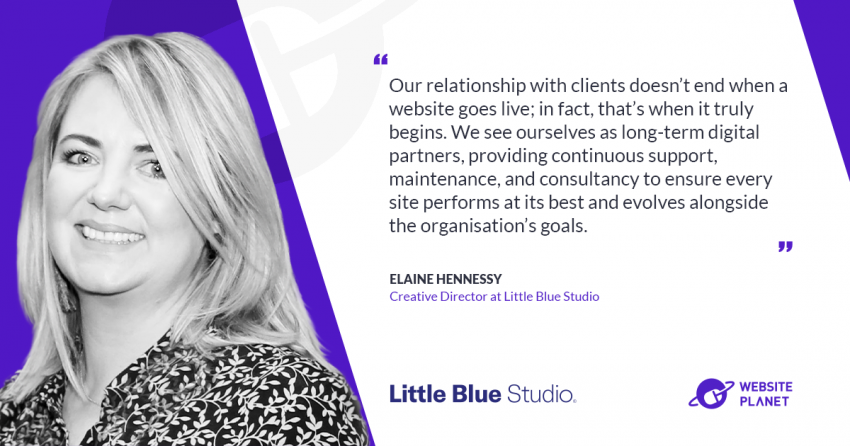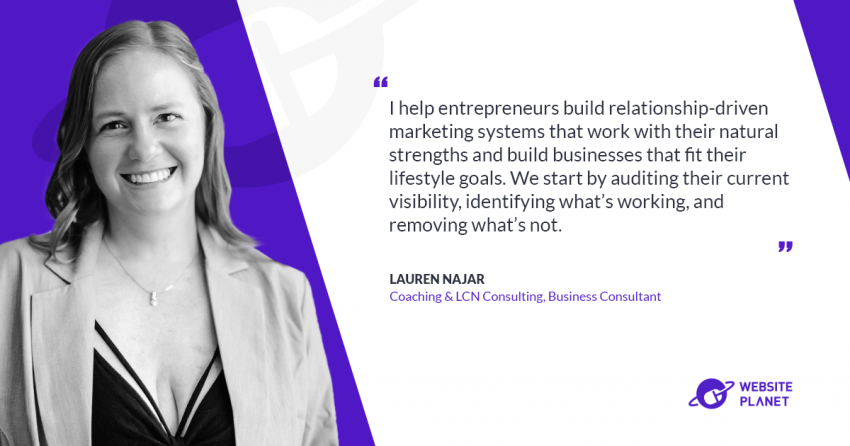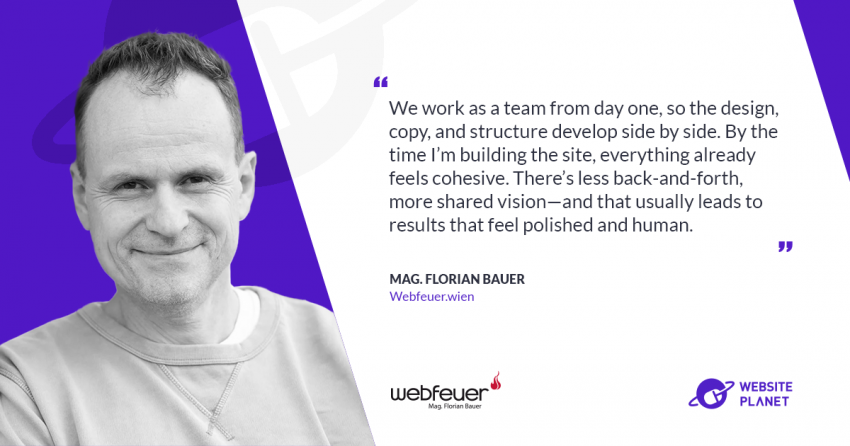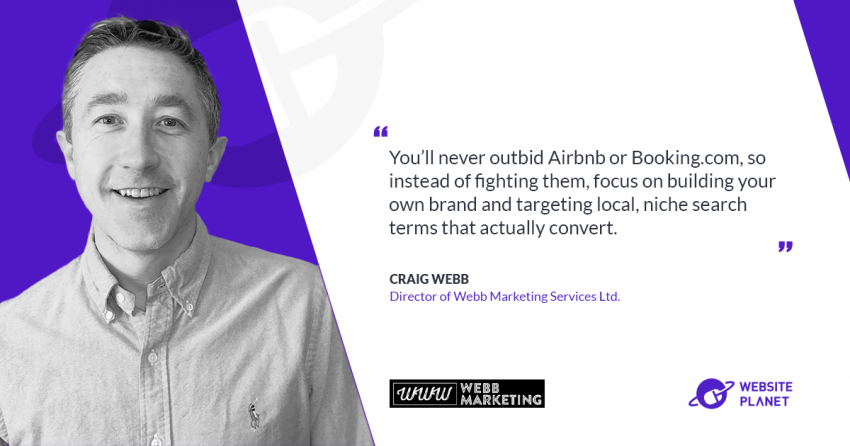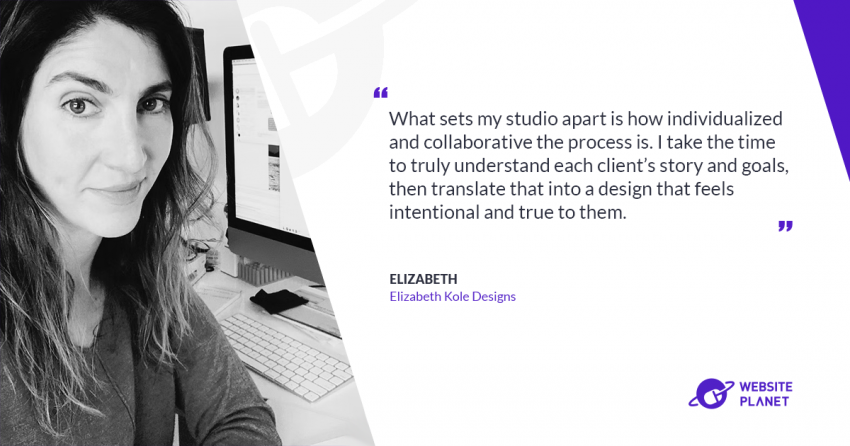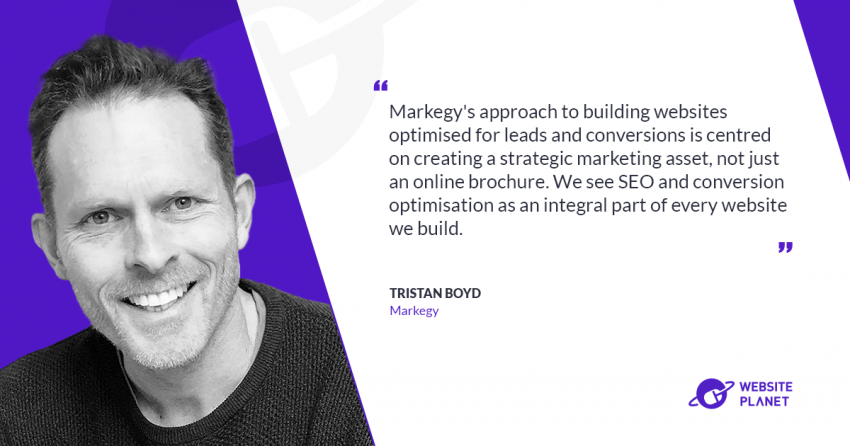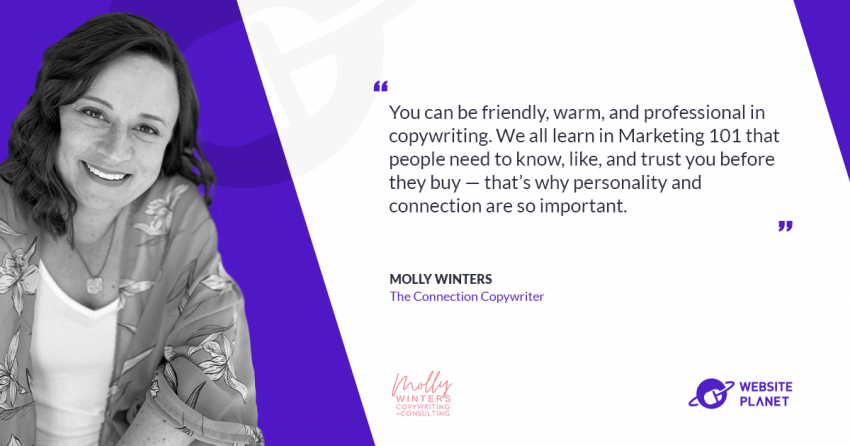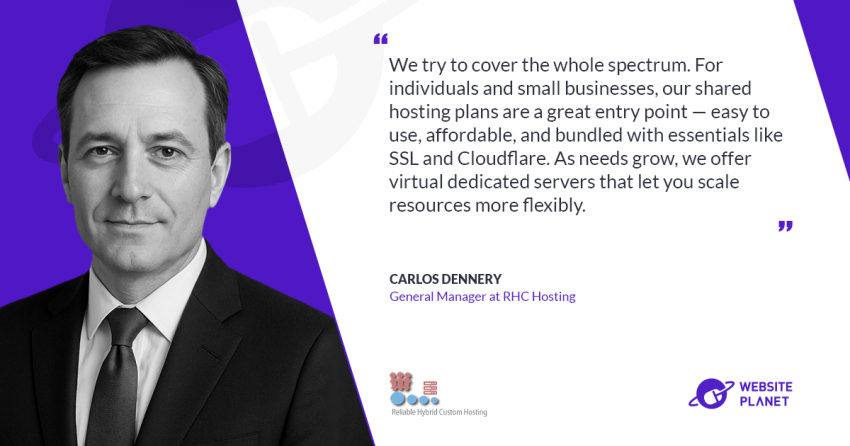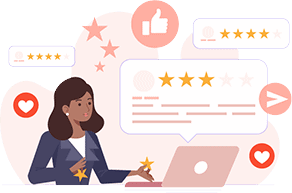Today, Calvin Crane, Founder of Cambs Digital, sits down with Website Planet and shares insights from nearly two decades at the intersection of design, web development, and digital marketing. From animated Flash websites in the early 2000s to today’s AI-powered strategies, he’s built a reputation for delivering high-impact, no-nonsense solutions for small businesses and solo entrepreneurs. Learn more in his exclusive interview below.
How and when was Cambs Digital founded, and with what idea in mind?
Cambs Digital started around 2006, when I bought the domain after graduating in Industrial Product Design. At the time, I was doing design work for the emerging mobile market—those rubber-keypad phones—and eventually got into building websites, which were still in their infancy.
I had a strong interest in animation and spent a solid six years working with Flash, creating animated websites and interactive content. When Apple dropped Flash support, that marked the end of an era, but by then, Cambs Digital had started to evolve.
The name itself comes from Cambridgeshire, where I’m from—“Cambs” for short—and I registered cambs.eu since it was short, punchy, and we, the UK, were still in the EU at the time. Over the years, it’s grown into a freelance studio focused on high-quality work for smaller, boutique clients. While I don’t take on a lot of web design projects these days due to time constraints, I still love the craft and bring over 20 years of digital experience to the table. As a one-man operation, my clients get direct access to that expertise—along with great hosting and efficient, no-fuss service.
What are some core ideas and principles you base your digital marketing strategy and approach on?
Having a website or digital presence is just the start—you need to be seen. And visibility doesn’t come by default, especially on search engines. While Google is dominant, I always encourage clients to explore others like Bing, Ecosia, DuckDuckGo, and even emerging tools like ChatGPT or Perplexity, which are increasingly being used for discovery. YouTube is another massive channel that often gets overlooked as a search engine.
When someone approaches me about digital marketing, I start by assessing key factors like budget, business model, and most importantly, the long-term value of a customer. That number informs whether certain marketing approaches will be profitable. For instance, is the product something people are actively searching for, or does it rely on interruption marketing—grabbing attention while users scroll through platforms like Facebook, Instagram, Reddit, or TikTok?
In some cases, growth marketing is more appropriate, especially for entrepreneurs. One reason clients trust Cambs Digital is because I practice what I preach. I’ve built several side businesses using the same digital strategies I offer to clients—whether it’s SEO, PPC, or affiliate marketing. These ventures give me firsthand experience with launching and scaling online income streams, especially on limited budgets.
People often ask, “If you know all these things about SEO and PPC, why are you selling courses instead of just doing them?” The answer is: I am doing them. I’ve launched multiple side businesses using my own digital marketing skills. Some require minimal effort now, and others run almost entirely passively—through channels like affiliate marketing.
That experience helps me advise others—especially those with limited budgets—on how to get the most out of their spend. It’s not enough to just drive traffic; you need to know if that traffic will convert and whether you can afford to keep it going. So, whether someone is new to the space or just wants smarter results, I try to offer a strategy that’s realistic, effective, and grounded in hands-on experience.
What can you tell me about your e-commerce businesses?
I’ve run several of my own e-commerce businesses, all independently, and one of them that stands out was profitable for about a year. During that time, I spent around £52,000 on advertising—primarily on Facebook and Instagram, with some budget going toward Google Merchant campaigns as well. So I’ve had hands-on experience selling direct to consumer, which I consider to be one of the more straightforward e-commerce models.
When it comes to B2B or high-ticket items, things get more complex. Those transactions involve more scrutiny and require a different skill set—longer sales cycles, deeper trust, and usually more content or educational material upfront.
In any case, whether you’re selling DTC or B2B, first impressions matter massively. The ad itself is your first point of contact with the customer, and whatever comes after—especially the landing page—needs to match the promise made in that ad. If a user clicks through expecting something, you have to deliver on that expectation right away.
Depending on where you’re catching people in the funnel, you might simply be building awareness at first. From there, you’ll want to retarget those visitors, maybe get them onto an email list, and keep nurturing them until they’re ready to convert.
My key advice for anyone in e-commerce is to ensure your conversion foundations are solid:
- Make sure your site runs fast and is fully optimized for mobile—mobile-first, always.
- Keep things smooth and frictionless for the user.
- Test everything—conversion paths, checkout processes, ad performance.
The more seamless and responsive the experience, the better your chances of turning visitors into customers.
How can you help businesses implement AI into their work?
I’m really interested in AI at the moment—I use it daily, and the pace at which it’s evolving is just incredible. It’s learning and improving so fast that it’s hard to keep up. It’s a big subject, but to put it simply, AI is perfect for anything repetitive, automated, or that involves working with lots of data or numbers. It can even be creative, though I’m not necessarily talking about the flashy stuff like generating videos or deepfakes—although, clearly, AI can do those things too.
AI has been around for a long time, but it wasn’t until ChatGPT and other large language models launched that people really started paying attention. Before that, we were already using it, just less visibly. Email filtering, for example, has been AI-powered for years.
When it comes to helping businesses implement AI, I focus on practical, back-office use cases. For instance, imagine a business quoting for work based on a Google Maps view of a property—AI could potentially analyze the space and generate a quotation automatically. Or take an e-commerce site: AI could be used to test the checkout flow to ensure everything’s functioning properly, reducing the chance of broken experiences for customers.
I always recommend starting with internal efficiencies. The biggest wins usually come from using AI behind the scenes—automating workflows, analyzing data, testing systems—not necessarily putting AI in front of your customers. In fact, I actively discourage relying too heavily on AI-driven chatbots for customer service.
Why? Because people still prefer talking to humans. There’s nothing more frustrating than needing help and being forced to interact with a chatbot that doesn’t understand the question. I’ve had this experience myself: I knew exactly what I needed from a hosting provider, but I had to wade through bot responses that kept giving me the wrong info. Someone less experienced would have been completely lost.
So my approach is: use AI where it strengthens your operations, improves efficiency, and frees up human time. But when it comes to customer-facing interactions, tread carefully—because nobody wants to be stuck shouting “Give me a human!” at their screen.
What other services do you offer?
Primarily, we’re a digital marketing agency—our core services include digital marketing, SEO, pay-per-click advertising, web design, and, to some extent, graphic design. We also offer more technical services, such as building Python backends that leverage AI APIs to process data—this is where our AI integration work often comes in.
In addition to implementation, I also offer consulting—helping businesses understand what AI can realistically do right now, what its limitations are, and how to adopt it in a way that makes sense for their operations without sacrificing quality.
Beyond that, I also work on conversion rate optimization for e-commerce, troubleshooting campaign issues, and auditing PPC accounts to make sure everything’s running efficiently and effectively in the digital space.
To learn more about Cambs Digital, you can visit cambs.eu
